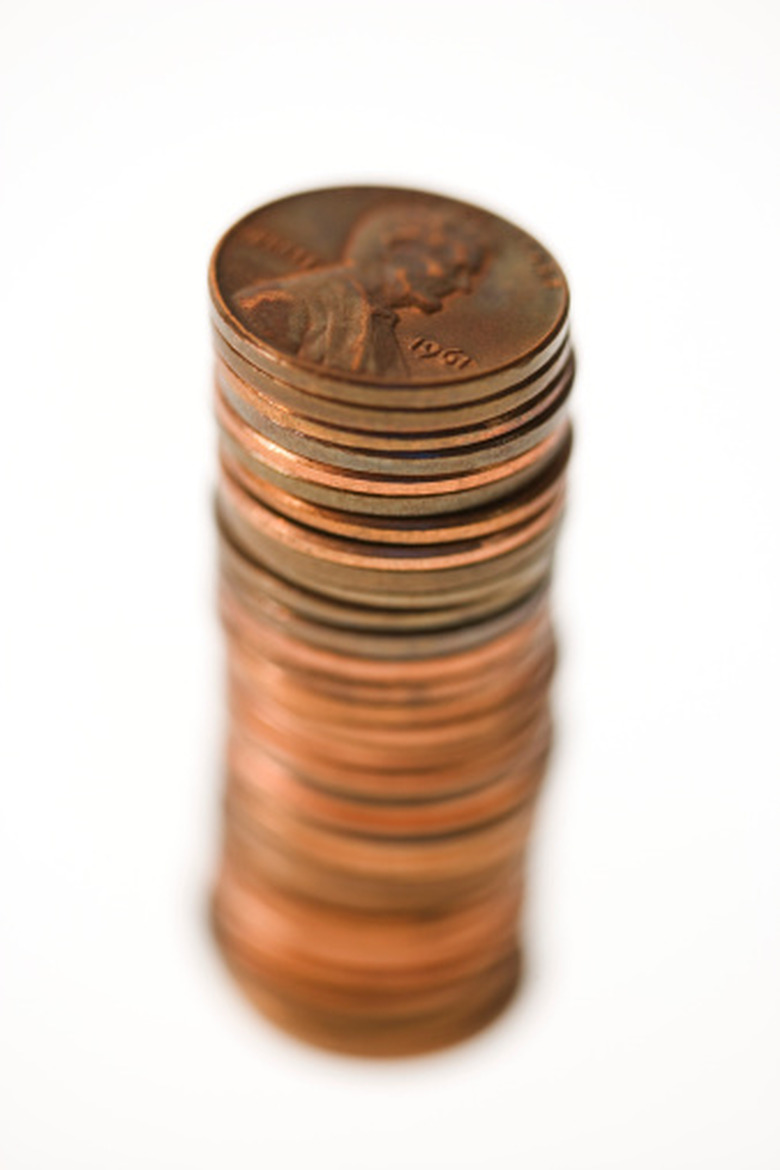How To Round Numbers In Money
There are two types of rounding techniques used when rounding money. The first is rounding to the nearest dollar. Rounding to the nearest dollar is common to use when you fill out your tax return each year. The second is rounding to the nearest cent. This is common when you have monetary calculations where the amounts do not come out to the exact penny. When rounding, remember if its five or more, you round up. Anything else, you round down.
Step 1
Determine if you want to round to the nearest dollar or the nearest penny. For example, assume you have $175.439.
Step 2
If rounding $175.439 to the nearest penny, look at the number to the right of the full cents. In this case, that number is 9. If the number is five or more, increase the cents by 1. If the number is four or less, keep the cents the same. Because 9 is more than 5, our example amount becomes $175.44.
Step 3
When rounding to the nearest dollar, round the monetary amount up when the number to the right, immediately following the decimal point, is five or more. Keep the monetary amount the same if the number after the decimal point is four or less. In the example: $175.439 rounds down to $175 because 4 is less than 5.
Cite This Article
MLA
McBride, Carter. "How To Round Numbers In Money" sciencing.com, https://www.sciencing.com/how-8395781-round-numbers-money/. 9 January 2018.
APA
McBride, Carter. (2018, January 9). How To Round Numbers In Money. sciencing.com. Retrieved from https://www.sciencing.com/how-8395781-round-numbers-money/
Chicago
McBride, Carter. How To Round Numbers In Money last modified March 24, 2022. https://www.sciencing.com/how-8395781-round-numbers-money/
